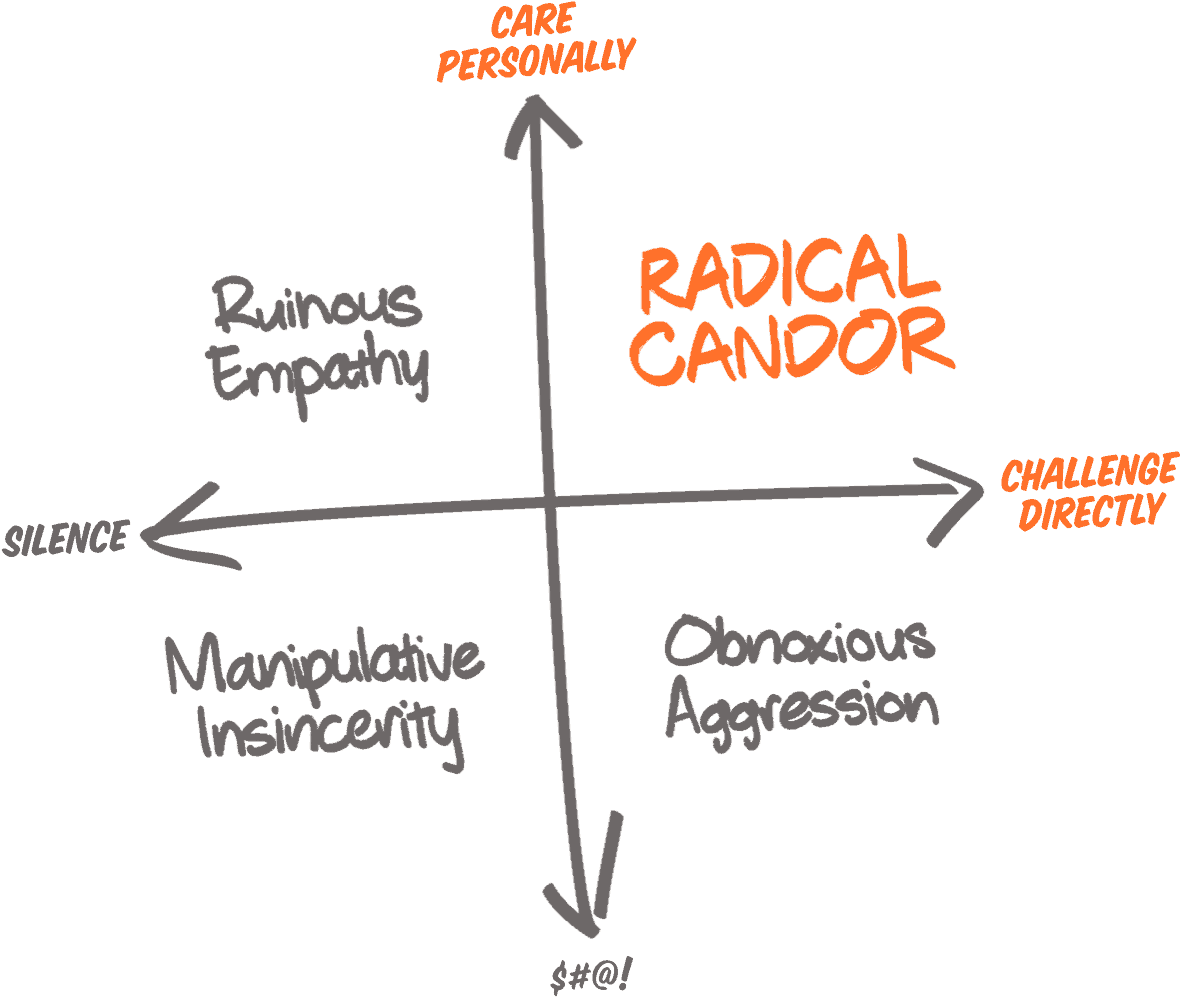
One of the early leadership teams of which I was a member was high drama.
Shouting matches, fists banging on tables at Board meetings, and occasional storm-outs by frustrated executives all occurred more than they should.
It was a testosterone-filled environment, and a touch too heavy on ego.
And the environment it created was uninspiring, disruptive and unproductive.
Culturally today, times are changing. But problematic senior-level behaviour does still arise.
Executive teams are made up of real people. Humans, with real traits, good and bad.
At the top, problematic behaviours can be sensitive to approach. And the stakes are high.
Negative senior-level behaviour can be detrimental to both the internal culture of the business and its external reputation.
People in positions of leadership and authority set the tone for the organisation. Behaviours, good and bad, are observed closely and replicated.
And if problematic behaviour isn’t tackled at the top, you shouldn’t be surprised when it isn’t tackled in the rest of the business.
Whilst it should go without saying, “nipping it in the bud” is easier said than done. Perhaps you let something pass the first time as a one-off or attribute it first time round to potentially mitigating factors.
But if you want to create a culture of respect and professionalism, where senior-level colleagues are held accountable for their actions and behaviour, dismissing early signs of problematic behaviour isn’t an option.
So, to help you develop a senior team that sets a positive example for the rest of your business, here are five thought-provoking tools to prepare you.
Reflect: There’s a difference between not personally warming to the way that someone conducts themselves versus them behaving in a problematic way. But when you’re feeling annoyed or frustrated your view can get clouded. And that feeling can build.
Self-awareness for leaders is critical; so use yours to challenge yourself and check what you are bringing into the situation. Before you act.
Ask yourself:
What lense am I looking through when I think about this person’s behaviour?
What is the real and objective challenge that needs to be addressed here?
What can I do to ensure that my voice, actions and words reflect the tone I want to set?
Plan: At the top, behaviours, rightly or wrongly can be sensitive to approach. The Radical Candour Model below promotes leaders finding a sweet spot between being able to challenge directly and caring personally.
Tackling early signs of misaligned behaviour requires swift action; direct challenge delivered in a caring way.
Source: RadicalCandour.com
What can you do to strike the balance between showing you care personally, whilst also challenging directly?
How will you manage retaliatory or defensive responses in the same way?
What shift will this require from your natural approach?
Prepare you: High-stakes conversations have the potential to throw you off your game. So prepare in advance for the conversation.
Tap into your feedback-giving skills and prepare for possible pushback. Alisa Cohn shares here a few neat tips to get yourself in the right mindset:
Pre-empt. Don’t underestimate the value of setting ground rules upfront, collectively.
Whilst you can naturally figure things out as you go, having an agreed set of operating principles and behaviours (at a strategic and practical level) will give you a reference point to link any detours back to.
Once you’ve agreed on a set of principles, talk together:
What issues are most likely to arise during your work together with how you communicate, make decisions and prioritise?
What will you do, practically speaking, to address them with each other?
What principles will you collectively sign up to?
In-Depth: When stakes are high and emotions run strong, challenging conversations become even more crucial.
This deep dive into crucial conversations outlines ways to be persuasive rather than abrasive, how to get back to productive dialogue when others blow up or clam up, as well as skills for mastering high-stakes conversations, regardless of the topic or person.
Related Posts
If you’ve enjoyed this week’s issue please hit the 🤍 button below. Meantime if you haven’t already, you can subscribe to receive the next issue straight to your inbox.






